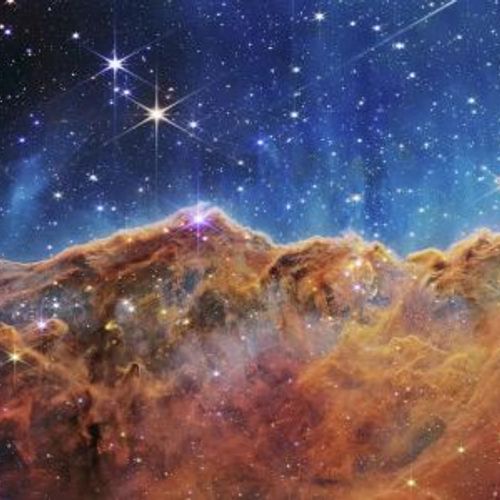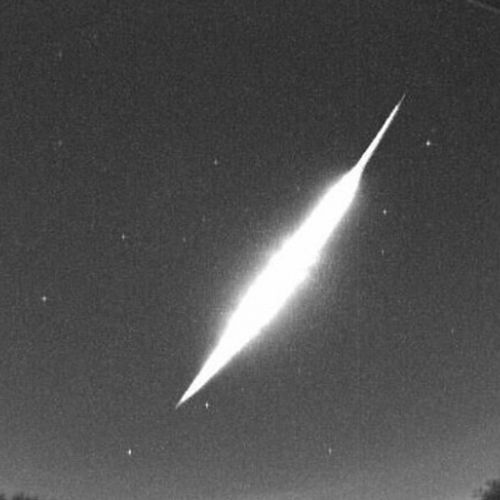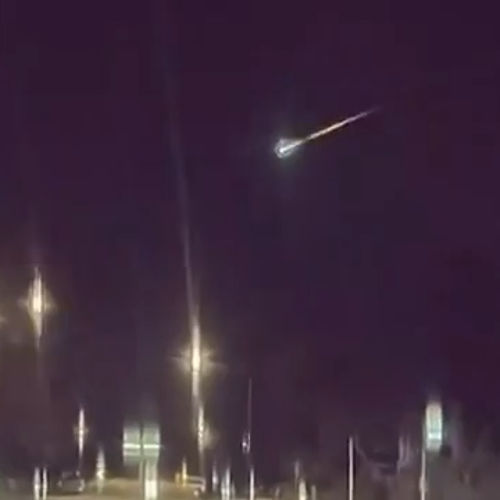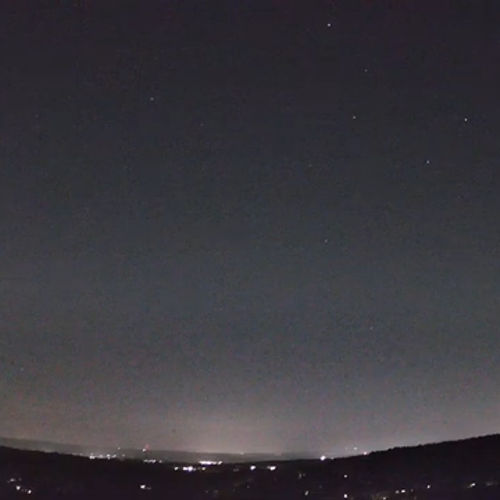
| Added | Sun, 26/03/2023 |
| Источники | |
| Дата публикации | Sun, 26/03/2023
|
| Версии |
From March to April, you will have the opportunity to see a number of amazing astronomical phenomena. You won't need telescopes and binoculars for this. It is enough to go out on the balcony or climb to the roof to see them with your own eyes.
Venus and the Moon
The first of these phenomena can be observed in the evening of March 24. You will be able to see the crescent of the growing Moon above a bright star-shaped celestial object. This object is the planet Venus, which will continue to appear in the night sky for several months.
Venus is the brightest object in the night sky after the Moon. The brightness of this planet is explained by the fact that it is shrouded in dense clouds with high reflectivity. They reflect sunlight like a mirror, so Venus glows brighter than other planets.
Mars
On the evening of March 28, the Moon will get as close as possible to the bright red Mars.
Since ancient times, Mars has been associated with blood and war. Now we know that the red color of the planet is nothing but rust, which was formed due to the interaction of iron with oxygen.
Antares — the heart of Scorpio
On the morning of April 10, you can see the crescent of the waning Moon together with the bright red star Antares. This is a red supergiant that will explode soon, in a few thousand or million years. Antares is the brightest star in the constellation of Scorpio.
Mercury, Venus and the Pleiades
On the evening of April 11, it will be possible to see the planet Mercury above the western horizon.
With the naked eye, it will be possible to consider another amazing astronomical phenomenon — the conjunction of Venus and the Pleiades. It is a scattered star cluster containing hundreds of celestial bodies, but usually only about seven can be seen. In their shape, the Pleiades resemble the dipper of the Little Dipper.
Meteor shower
The Lyrida meteor shower, which sweeps over the Earth every year from April 16 to 25.
The peak will be on the night of April 22-23. The meteor shower is a trace from comet C/1861 G1 Thatcher, making one revolution around the Sun in 415 years.
Новости со схожими версиями
Log in or register to post comments









